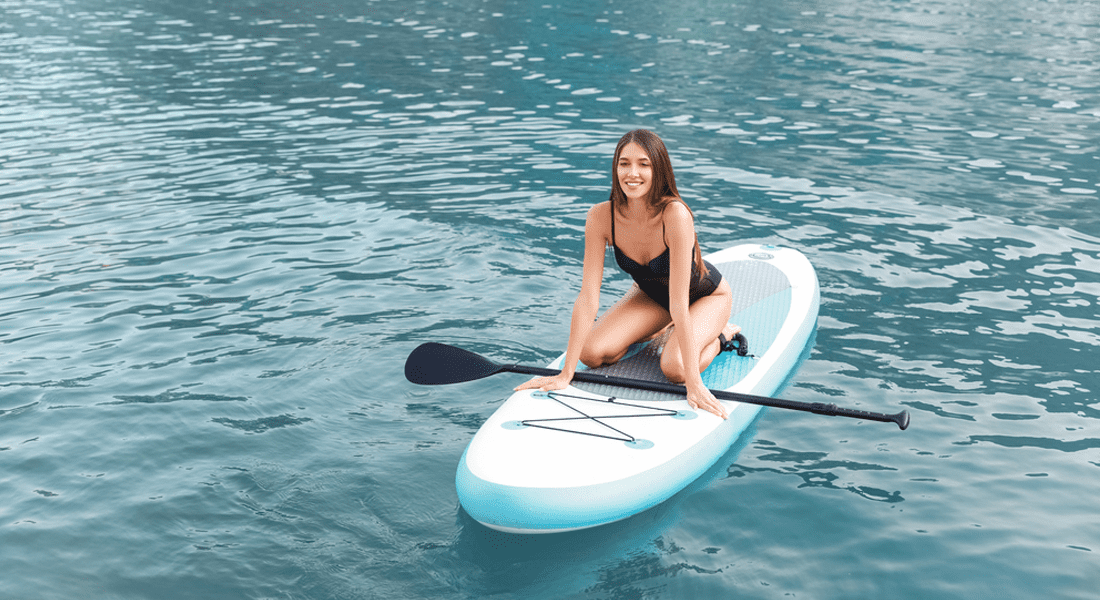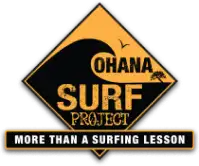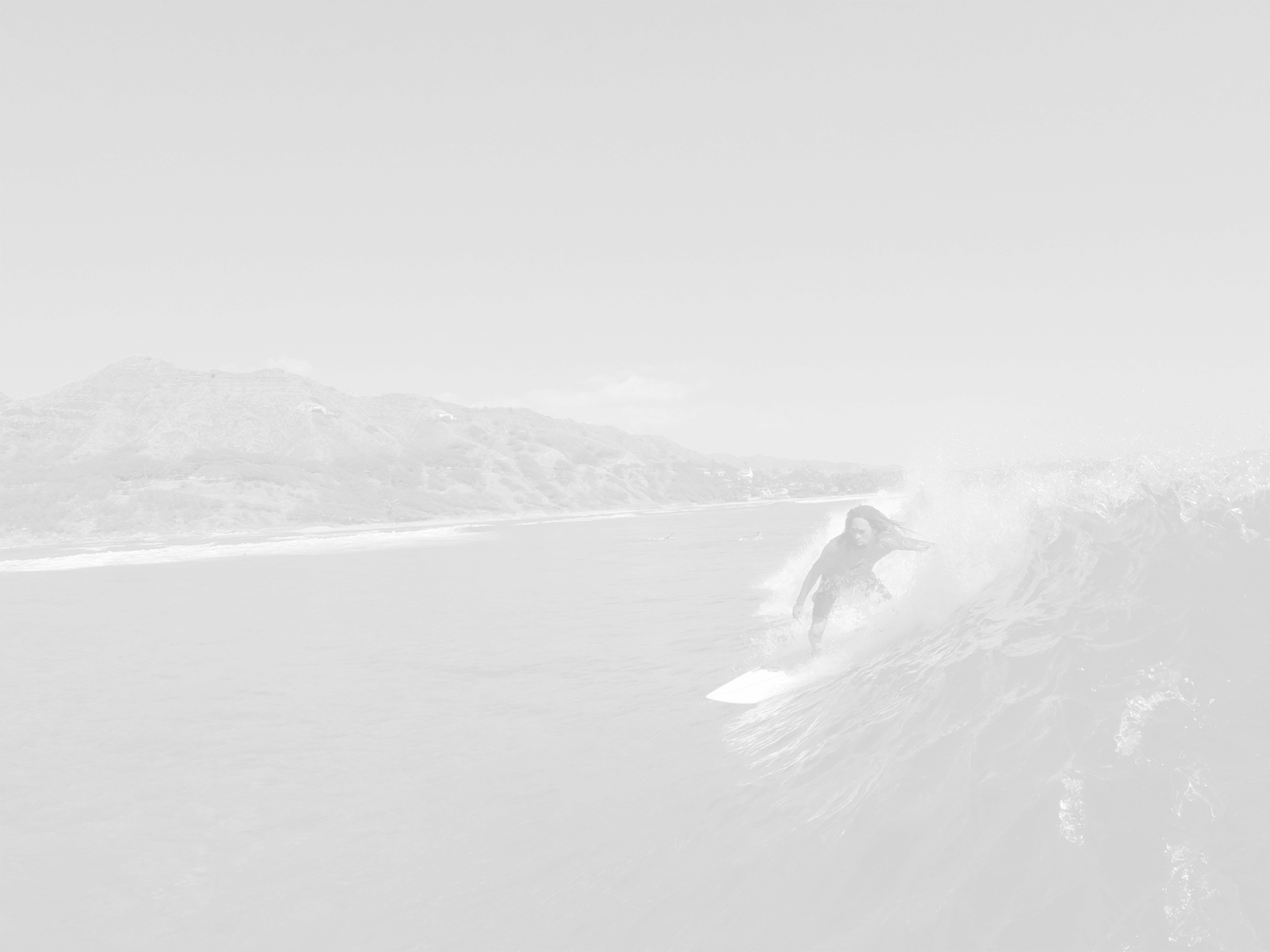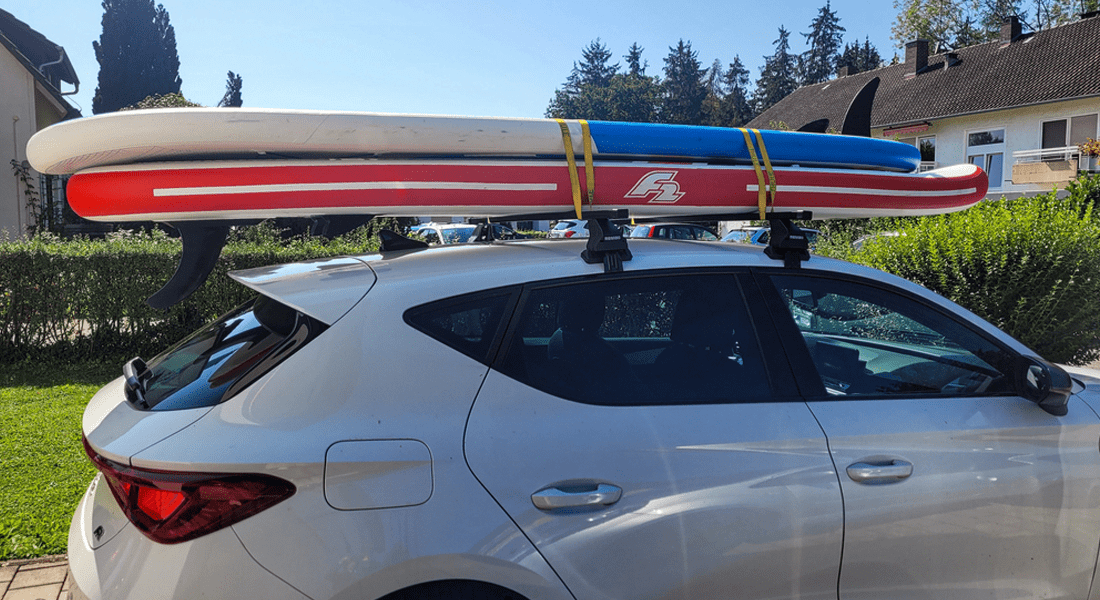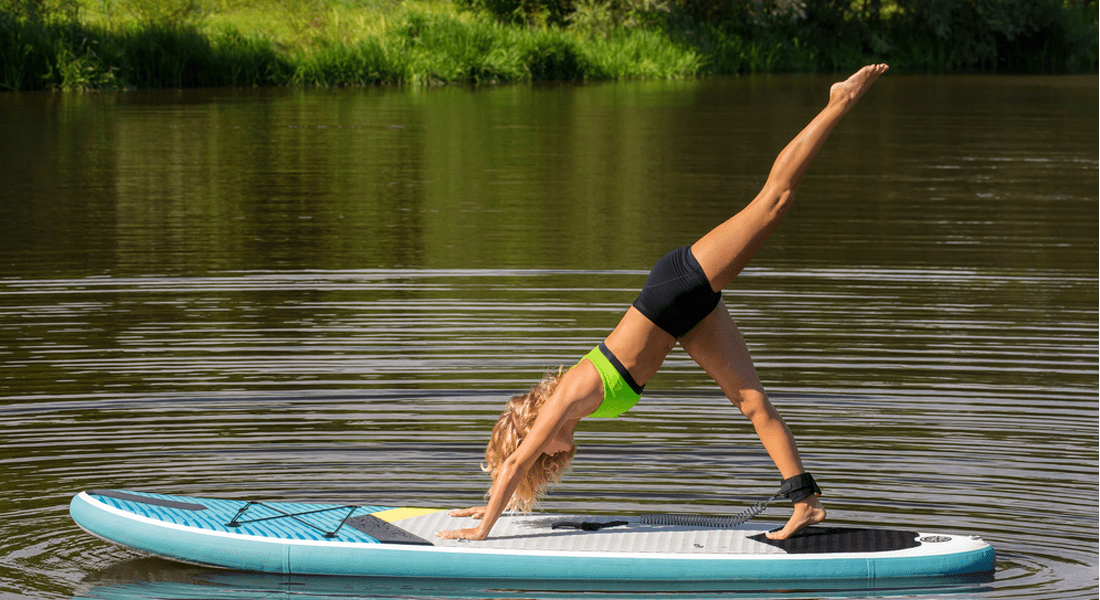Blog
Surfing Drop-In Etiquette: Important Rules Every Surfer Should Understand
In surfing, as in life, respect is the currency of the realm. When it comes to surfing, one of the most crucial aspects of this respect is understanding and adhering to drop-in etiquette. This concept, essential to harmonious lineups, involves more than just politeness; it’s about ensuring safety and fairness for everyone in the water. In this guide, we'll break down the key rules of
drop-in surfing etiquette that every surfer, from novice to pro, should understand to help maintain peace and respect on the waves.
Understanding the Drop-In
The term “drop-in” in surfing describes a scenario where one surfer takes off on a wave that another surfer is already riding or is in a position to catch. This is considered one of the biggest faux pas in surfing because it can cause collisions and ruin the wave for the surfer who has the right of way.
Knowing who has the right to a wave is fundamental to avoiding drop-ins and maintaining order among surfers. It’s crucial to always be aware of your surroundings when paddling out or waiting for a wave. Observing the positions of other surfers can prevent many issues before they arise.
Right of Way
The basic rule of surfing is that the surfer closest to the peak of the wave (the highest part of the wave that breaks first) has priority over the wave. This rule helps surfers determine who has the rightful claim to a wave. If you’re paddling for a wave, always look in both directions to check if another surfer is closer to the peak than you.
If someone is, it’s your responsibility to yield. This priority system is not just about etiquette; it’s about safety. Dropping in on someone not only disrupts their ride but could also potentially cause serious injuries. As surfers, ensuring everyone’s safety is as critical as catching a great wave.
Communicating in the Lineup
Communication can often prevent misunderstandings in the lineup. If you’re unsure whether it’s your turn to go or if another surfer has priority, a simple shout or hand signal can clarify intentions without causing conflict. However, our communication must remain respectful and clear.
Aggressive or sarcastic comments can escalate tensions, so maintain a calm demeanor. This includes being vocal about your intended direction on a wave or signaling when you’re exiting a wave to let others take their turn. Clear and respectful communication helps maintain a smooth flow and ensures that all surfers can enjoy their time in the water without confusion or conflicts.
Paddling Out
Avoid paddling out directly through the lineup where surfers are actively catching waves. Instead, use the channels where waves break less frequently, which are usually located on the sides of the main surf area. This minimizes disruptions to other surfers and reduces the risk of getting in someone’s way as they ride a wave. It’s not only courteous but also safer for everyone involved.
When paddling back out, keep an eye on incoming waves and surfers riding them, and always paddle behind them to avoid interference. This approach not only shows respect for other surfers' experiences but also establishes a culture of mindfulness and safety in the surfing community.
Taking Turns
Wave hogging—continuously catching waves without giving others a chance—can lead to frustration and conflicts in the lineup. We should respect the informal “queue” that forms based on who has been waiting the longest. Taking turns is a key component of fair play in surfing. Even if you are a more skilled surfer, remember that everyone has equal rights to enjoy the waves.
Patience and respect for this process ensure that all surfers get their chance to enjoy their time in the water. It's essential to observe and recognize when it's someone else's turn, especially in crowded conditions. This courteous behavior fosters a positive atmosphere and reduces potential conflicts, making the surfing experience enjoyable for everyone involved.
Apologizing for Mistakes
Everyone makes mistakes, but how we handle them can set the tone for our relationships in the water. If you accidentally drop in on someone, apologize sincerely. A simple gesture of apology can go a long way in maintaining harmony and showing maturity and respect for your fellow surfers. Mistakes are an opportunity to learn and improve how we interact with the surf community.
Owning up to your errors not only smooths over potential grievances but also enhances mutual respect among surfers. It's an essential part of surfing culture that helps maintain the spirit of camaraderie and ensures that everyone can focus on having fun and improving their skills.
Learning Local Customs
Different spots may have variations in their surfing etiquette. When you surf a new location, take some time to observe the local customs and talk to local surfers. Some places may have unique rules or a pecking order based on skill level or local status. Understanding and respecting these nuances can enhance our surfing experience and help integrate us into different surf communities respectfully.
Observing before jumping into the water can provide valuable insights into how to approach the lineup and interact with local surfers. This respect for local practices not only improves your experience but also shows your respect for the community that frequents the spot.
Respecting the Environment
Part of surfing etiquette also involves respecting the environment where we surf. This includes not littering, being mindful of marine life, and respecting access restrictions. Protecting our surfing spots ensures they remain beautiful and accessible for future generations of surfers.
By showing respect for the environment, we reinforce a culture of respect within the surfing community as well. This commitment extends to participating in or organizing beach clean-ups and being an advocate for ocean conservation. Such actions are integral to preserving the integrity and beauty of our beloved surf spots and demonstrate a deeper level of care and respect for our natural surfing environment.
Drop-in surfing etiquette is essential for ensuring that all surfers have a positive and safe experience in the water. By understanding and practicing these rules, we contribute to a culture of respect and enjoyment for everyone. Remember, the waves we ride are for all of us to share, and by respecting each other and our surroundings, we ensure that surfing remains an inclusive and enjoyable sport.
At Ohana Surf Project, we emphasize the importance of surfing etiquette as part of our
Surfing lessons. We believe that good manners in the water are just as important as technical skills. Our experienced, CPR-certified instructors are here to teach you not only how to surf, but also how to do so respectfully and safely, ensuring a positive experience for everyone involved.
Contact us today to learn more about our surfing lessons and how we can help you become a considerate and skilled surfer. Let’s enjoy the waves together with the true spirit of aloha!
